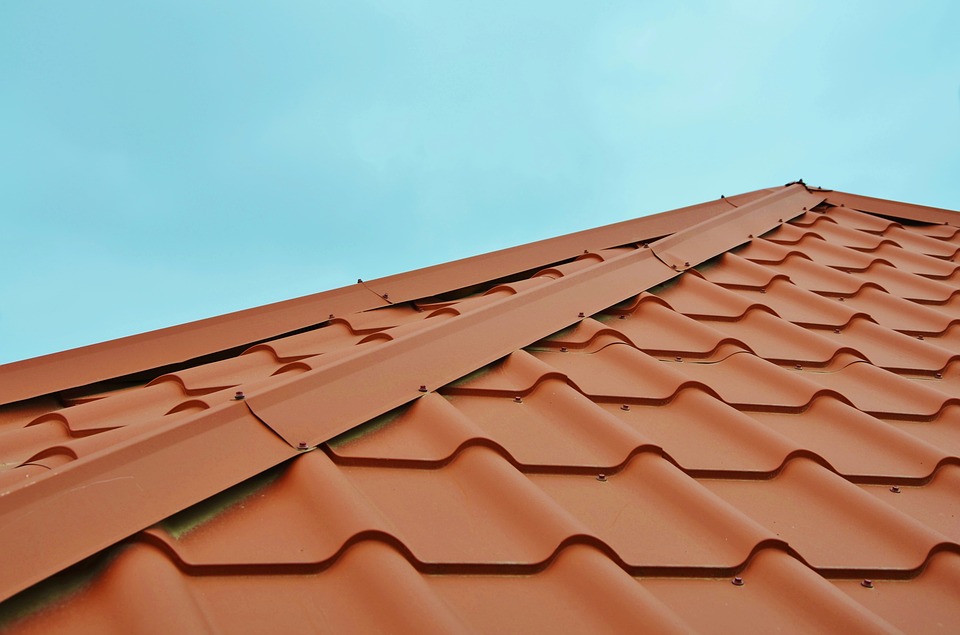How to Protect Your Roof from Weather Damage
The roof of your home serves as your primary defense against the elements. From the scorching heat of summer to the cold of winter, your roof endures a range of weather conditions that can cause significant wear and tear over time. Protecting your roof from weather damage is essential not only for maintaining the aesthetic appeal of your home but also for ensuring its structural integrity. In this blog post, we will discuss effective strategies to safeguard your roof against the harsh effects of various weather conditions.

Understand Your Roof Type
Before implementing protective measures, it's crucial to understand the type of roof you have. Different roofing materials, such as asphalt shingles, metal, tile, or flat roofs, have varying levels of resilience against weather elements. For instance, metal roofs can withstand high winds and heavy snow, while asphalt shingles may be more vulnerable to wind and hail. By knowing your roof type, you can choose appropriate protective measures that cater to its specific needs. Regular inspections can also help identify any weaknesses that may need addressing.
Consider Regular Professional Maintenance
Consider scheduling regular maintenance with a professional roofing contractor. Whether you are looking for roofing in St. Augustine or anywhere else, experts can identify potential problems that you may overlook and provide solutions to extend your roof's lifespan. Regular maintenance services can include cleaning, sealing, and inspecting for signs of wear and tear. While this may incur an additional cost, it can save you money in the long run by preventing major repairs and prolonging the life of your roof.
Invest in Quality Materials
When it comes time to replace your roof or perform significant repairs, invest in high-quality roofing materials designed to withstand local weather conditions. While cheaper materials may save you money upfront, they can lead to higher costs in repairs and replacements in the long run. Look for materials that offer a good warranty, are rated for wind resistance, and have reflective properties to reduce heat absorption. Additionally, consider materials that are resistant to mold, algae, and UV rays, which can all contribute to roof deterioration over time.
Use Protective Coatings
Applying protective coatings to your roof can significantly extend its lifespan and enhance its ability to withstand various weather conditions. For example, a sealant can help protect asphalt shingles from UV rays, preventing them from drying out and cracking. Similarly, reflective coatings can reduce heat absorption in metal roofs, helping to keep your home cooler in the summer. When selecting a coating, make sure it is compatible with your roof material and is designed to withstand local climate conditions.
Enhance Roof Ventilation
Proper ventilation plays a vital role in protecting your roof from weather damage. Inadequate ventilation can lead to heat and moisture buildup in the attic, which can cause shingles to warp, leading to premature deterioration. It can also create a breeding ground for mold and mildew, compromising the structural integrity of your roof. Ensure that your attic is well-ventilated by installing ridge vents, soffit vents, or exhaust fans. This will help regulate temperature and humidity levels, reducing the risk of damage from trapped heat and moisture.
Trim Overhanging Branches
Trees surrounding your home can pose a significant threat to your roof, especially during storms. Overhanging branches can scratch the roof surface while falling limbs can cause severe damage. To protect your roof, regularly trim any branches that extend over it, ensuring they are at least 10 feet away. Additionally, be mindful of any dead or weak branches that could fall during high winds or heavy rain. Keeping trees well-trimmed not only protects your roof but also helps maintain your yard's aesthetics.
Install a Roof Membrane
If you live in an area prone to heavy rain or snow, consider installing a roof membrane. These membranes are designed to create a waterproof barrier that prevents leaks and water damage. They can be particularly beneficial for flat or low-slope roofs, where water tends to pool. Roof membranes are typically made from materials like rubber, PVC, or TPO, providing excellent protection against harsh weather conditions. Consult with a roofing professional to determine the best type of membrane for your specific roof and climate.
Prepare for Severe Weather
When severe weather is forecasted, take proactive measures to protect your roof. This may include securing loose shingles or tiles, cleaning gutters to ensure proper drainage, and reinforcing weak spots. If you live in an area prone to hurricanes or heavy snowfall, consider investing in additional protective measures, such as storm shutters or snow guards. Preparing for severe weather can significantly reduce the risk of damage and ensure that your roof can withstand the elements.

Protecting your roof from weather damage is essential for maintaining the overall health and longevity of your home. By understanding your roof type, conducting regular inspections, investing in quality materials, and implementing proactive measures, you can safeguard your roof against the harsh effects of weather. Remember, your roof is your first line of defense, so treating it with care and attention will pay off in the long run. Take the necessary steps today to ensure your roof remains in excellent condition for years to come.